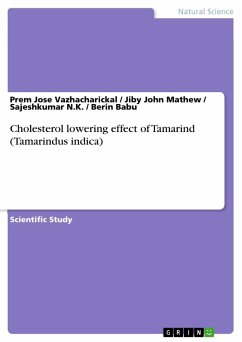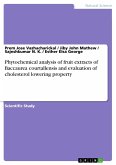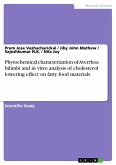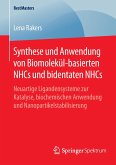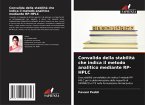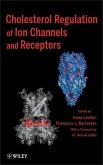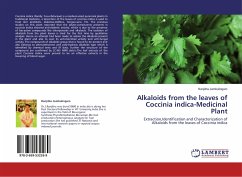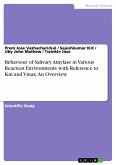Scientific Study from the year 2017 in the subject Chemistry - Bio-chemistry, grade: 1.5, Mar Augusthinose College, course: Biotechnology, language: English, abstract: Aqueous extract of the fruit pulp of Tamarind (Tamarindus indica) were evaluated for cholesterol lowering effect, in vitro, against various fatty food materials. People consume food items made by chicken, beef, mutton, egg and fish and it contains large amount of fat. This study aims to analyze the effect of Tamarindus indica in reducing the cholesterol level in this fat compound using water extract of the pulp.For this fatty food samples like egg yolk, pork fat, chicken fat, ghee and cod liver oil were treated with the extract and cholesterol level was estimated by Zak's method for a period of time. Phytochemical constituents present in water extract of Tamarindus indica pulp includes Alkaloids, saponins, steroids, phlobatannins, carbohydrate, terpenoids, phenols, coumarins and leucoanthocyanins. The in vitro cholesterol lowering effect of Tamarindus indica pulp extract shows a positive result on chicken fat, ghee and egg yolk. But in case of pork fat and cod liver oil no beneficial change was observed.
Bitte wählen Sie Ihr Anliegen aus.
Rechnungen
Retourenschein anfordern
Bestellstatus
Storno

